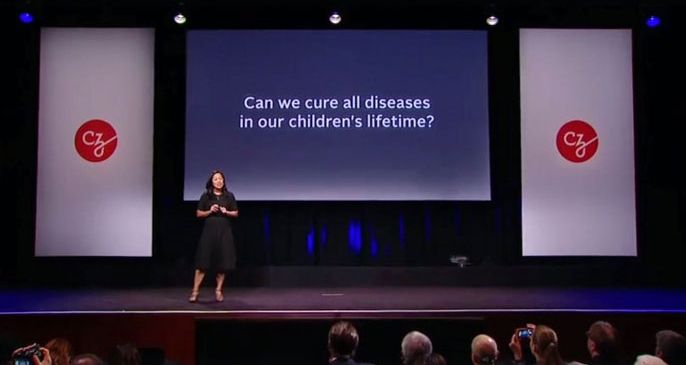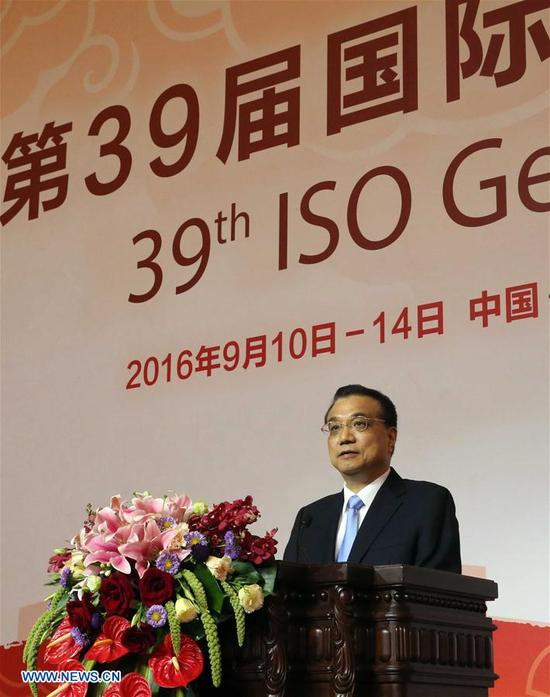Given the demands of the modern world, many people find solace and relaxation when they disconnect from their smart phones, computers and email. But what if you could improve your overall happiness simply by playing games on your phone? In a recent interview, tech entrepreneur and co-founder of Happify Ofer Leidner said gamification can make people “happier”, and that the development of technology that improves well-being is only just getting beginning.
It should be noted that not just any game on your phone can help one live a happier, healthier life. Instead, Happify and other comparable platforms use science-based games to drive behavior and to help people learn skills for generally improving their outlook on life. It’s still gaming and gamification, but gaming done with a meaningful purpose.
“After telling us a little bit about themselves, we recommend a certain track, which is a topic around which (Happify users) want to build those skills for greater emotional fitness. We then prescribe for them a set of activities and interventions that have been transformed into an interactive app,” Leidner said. “You can do them on your phone, when you’re commuting, or you can do it at night. What we’re doing, in terms of the measurement of improved outcome, is we’re actually measuring them based on scientific event reports.”
Continue reading “Can Technology Help Fine-Tune Your Happiness?” »

















